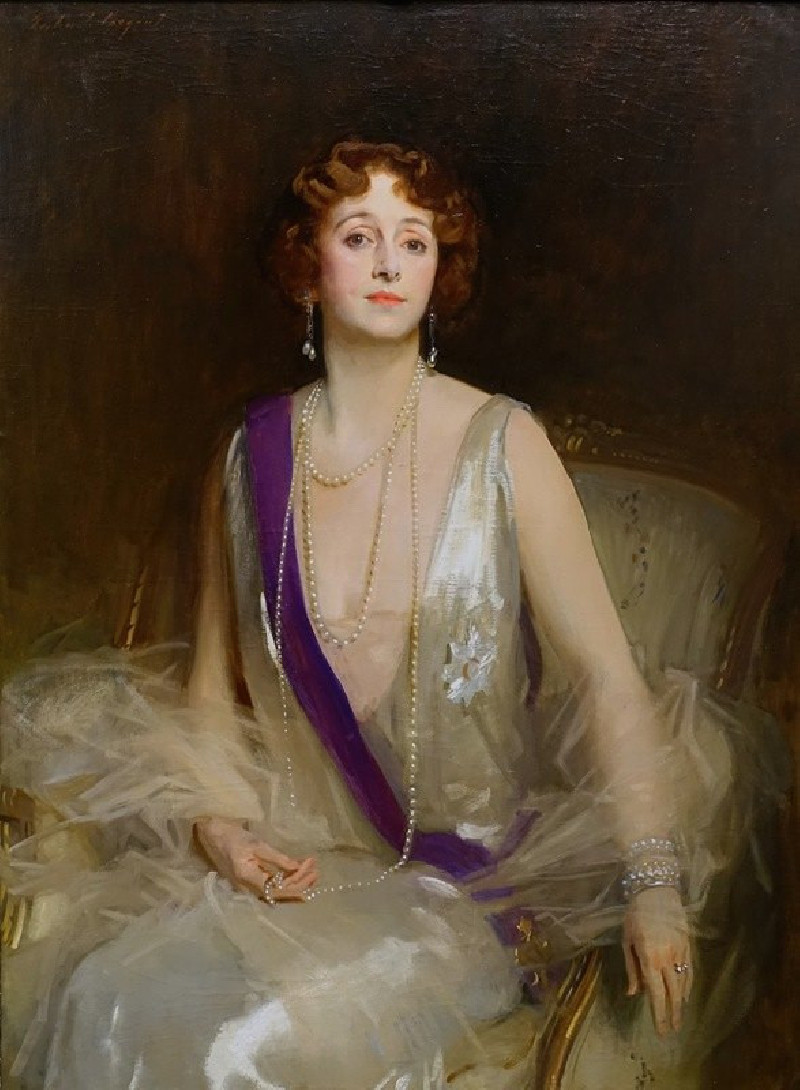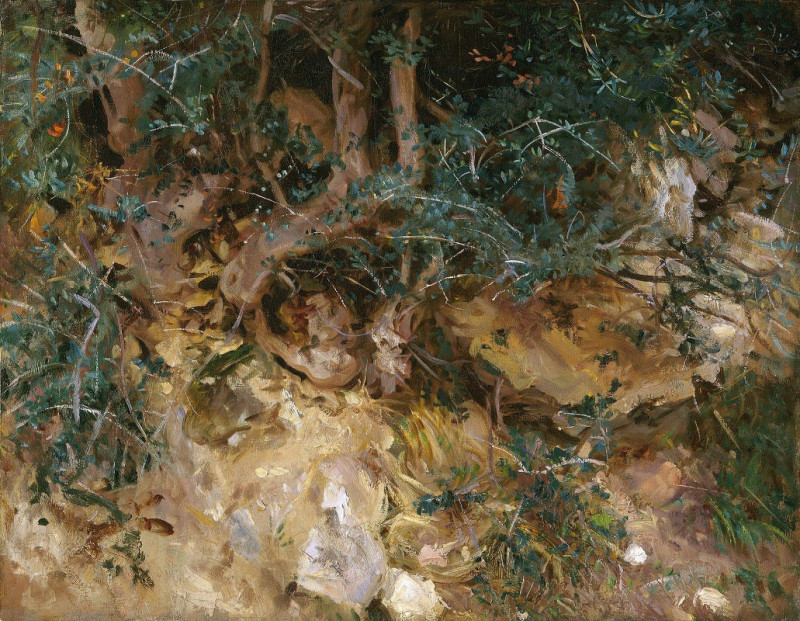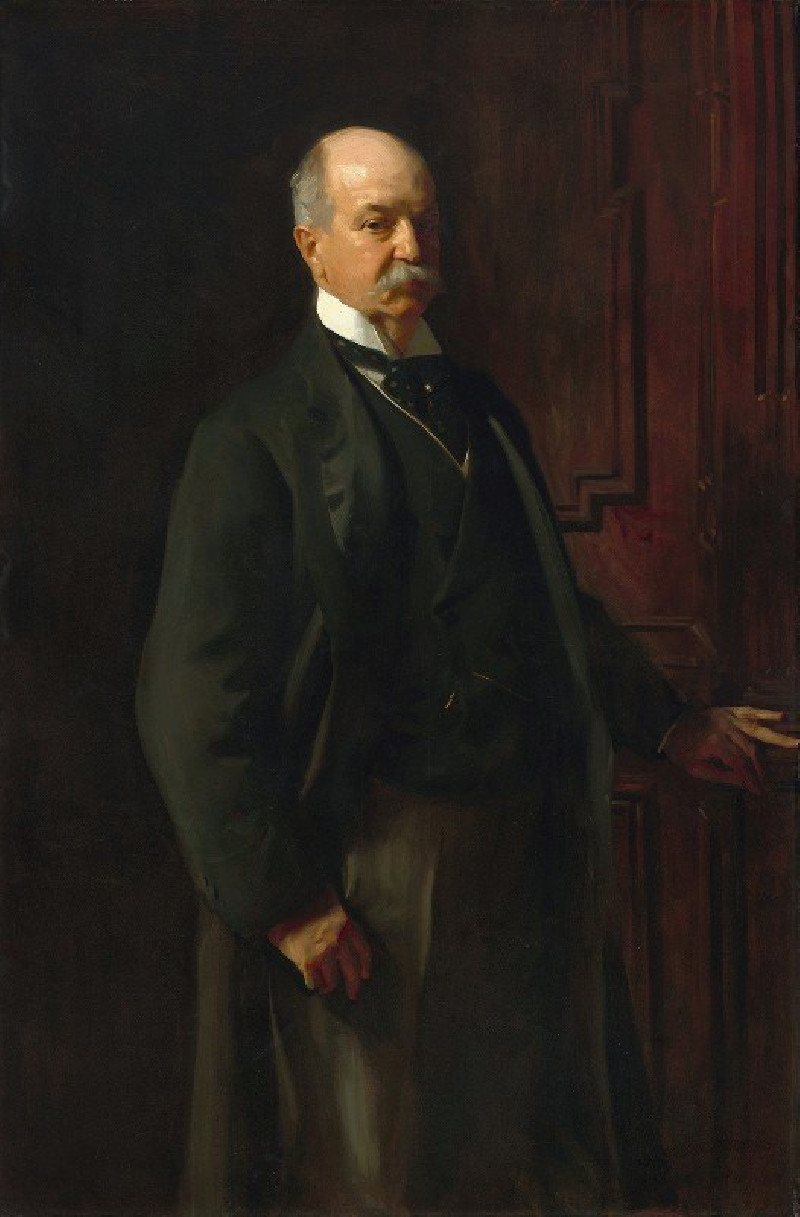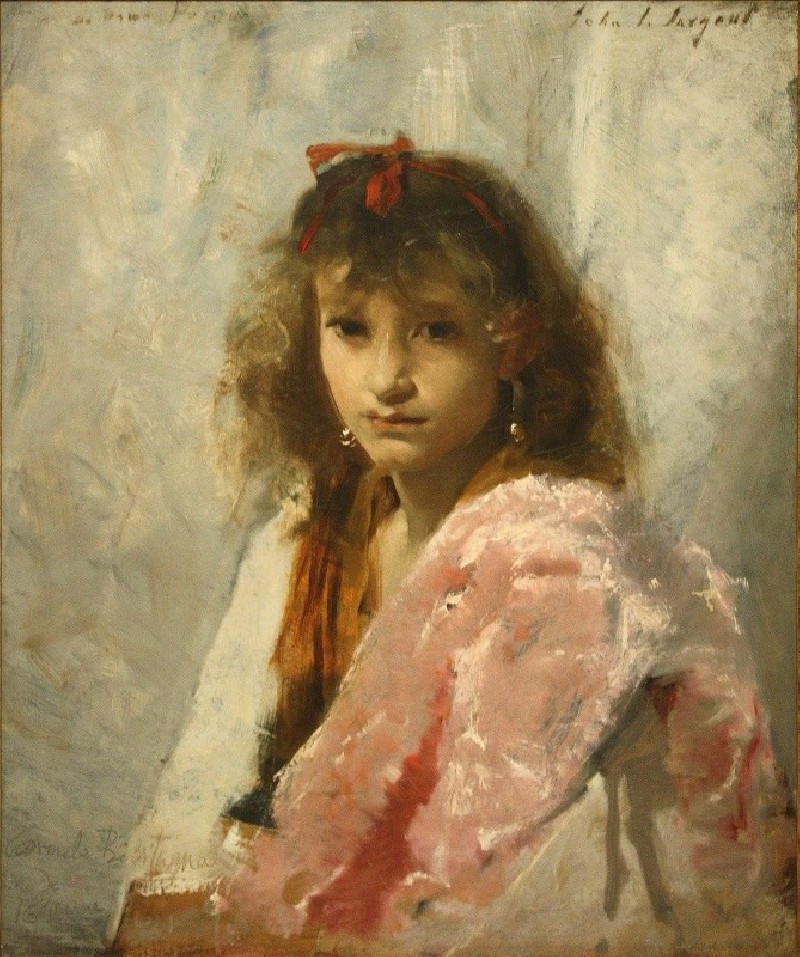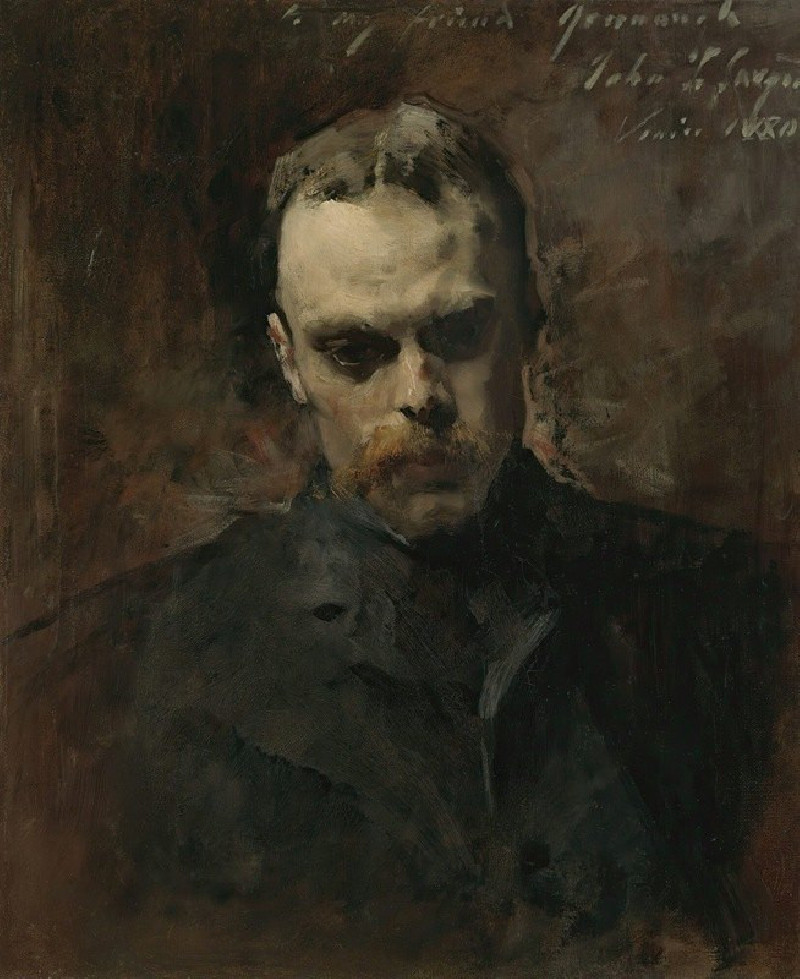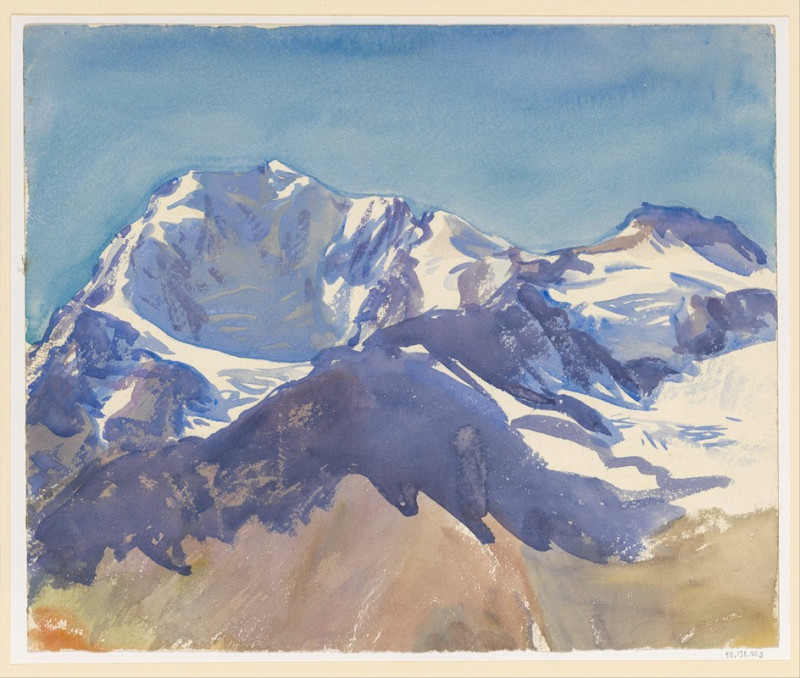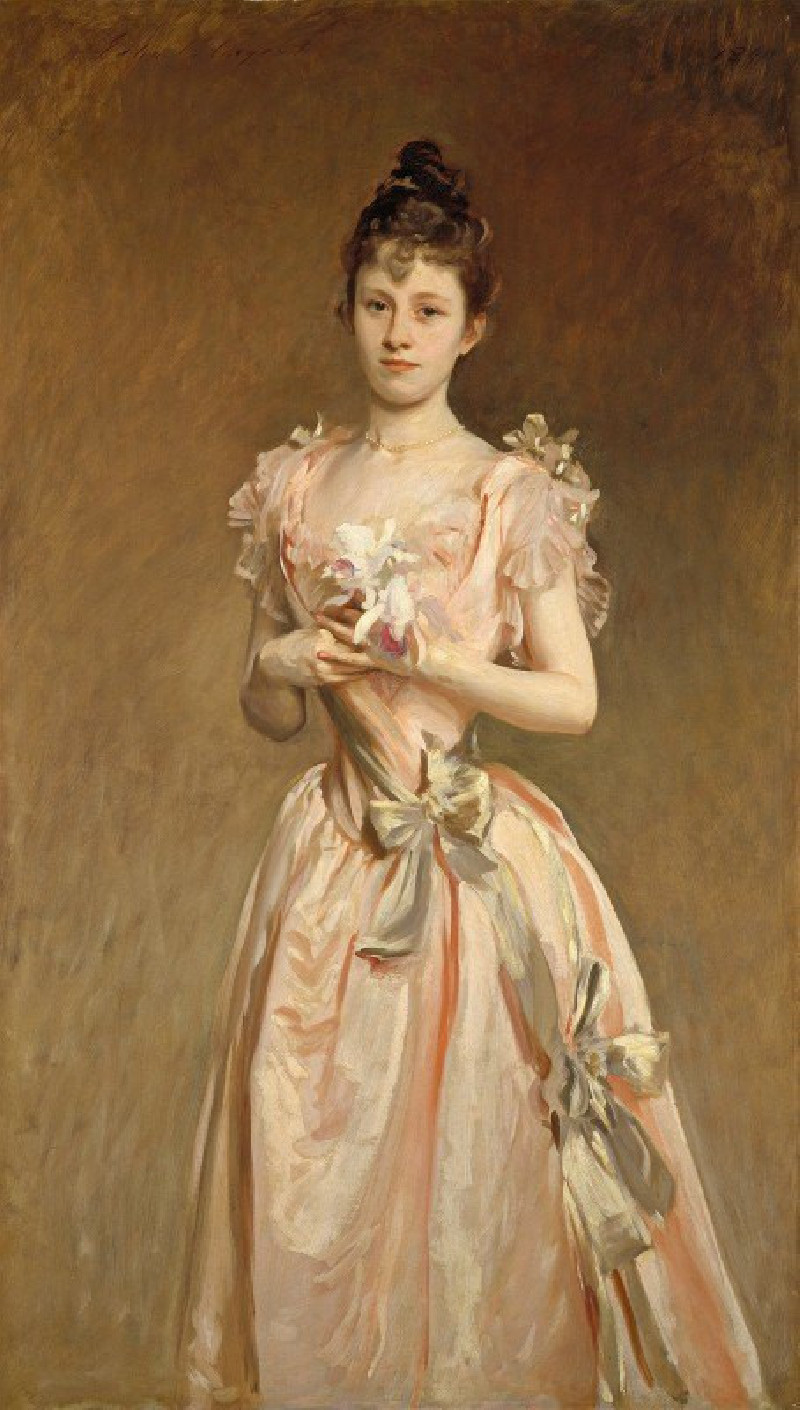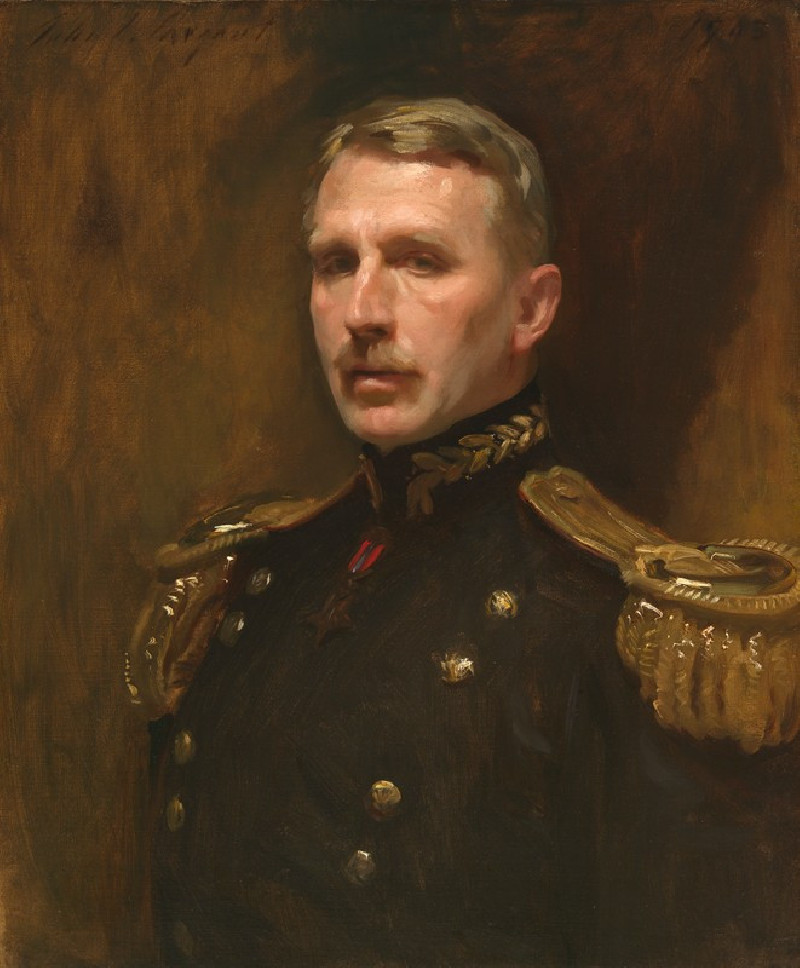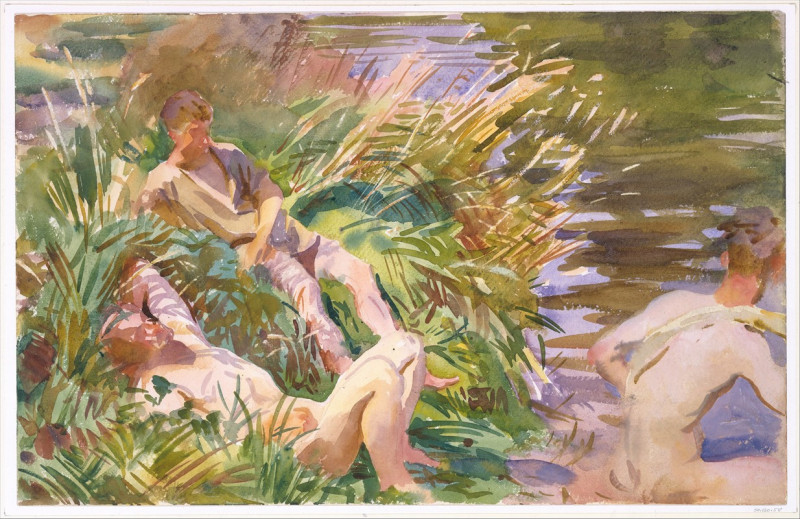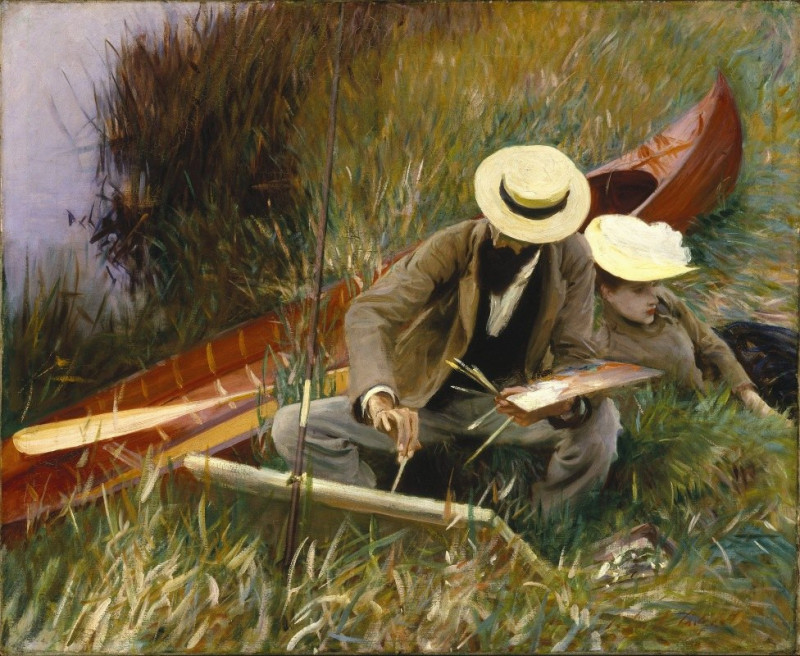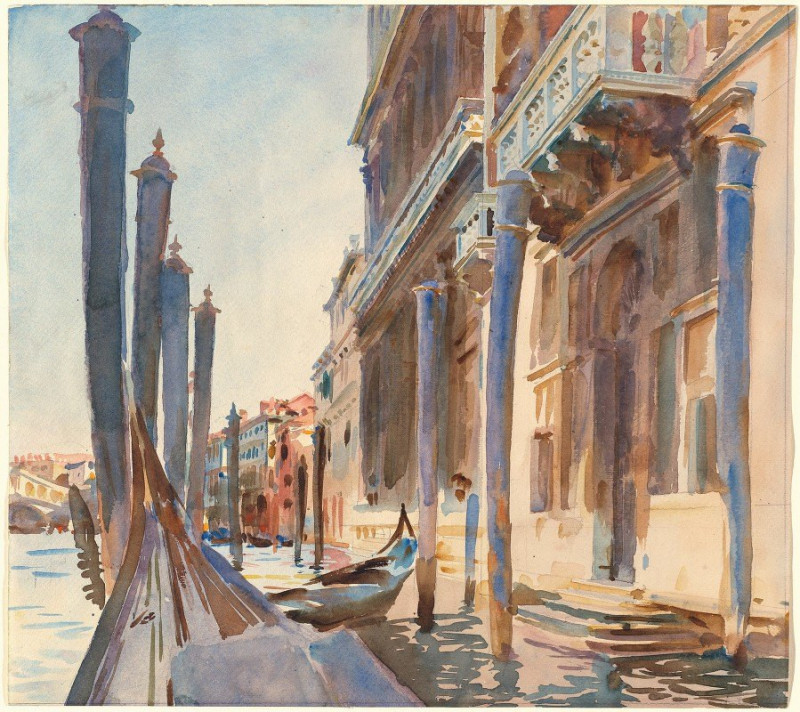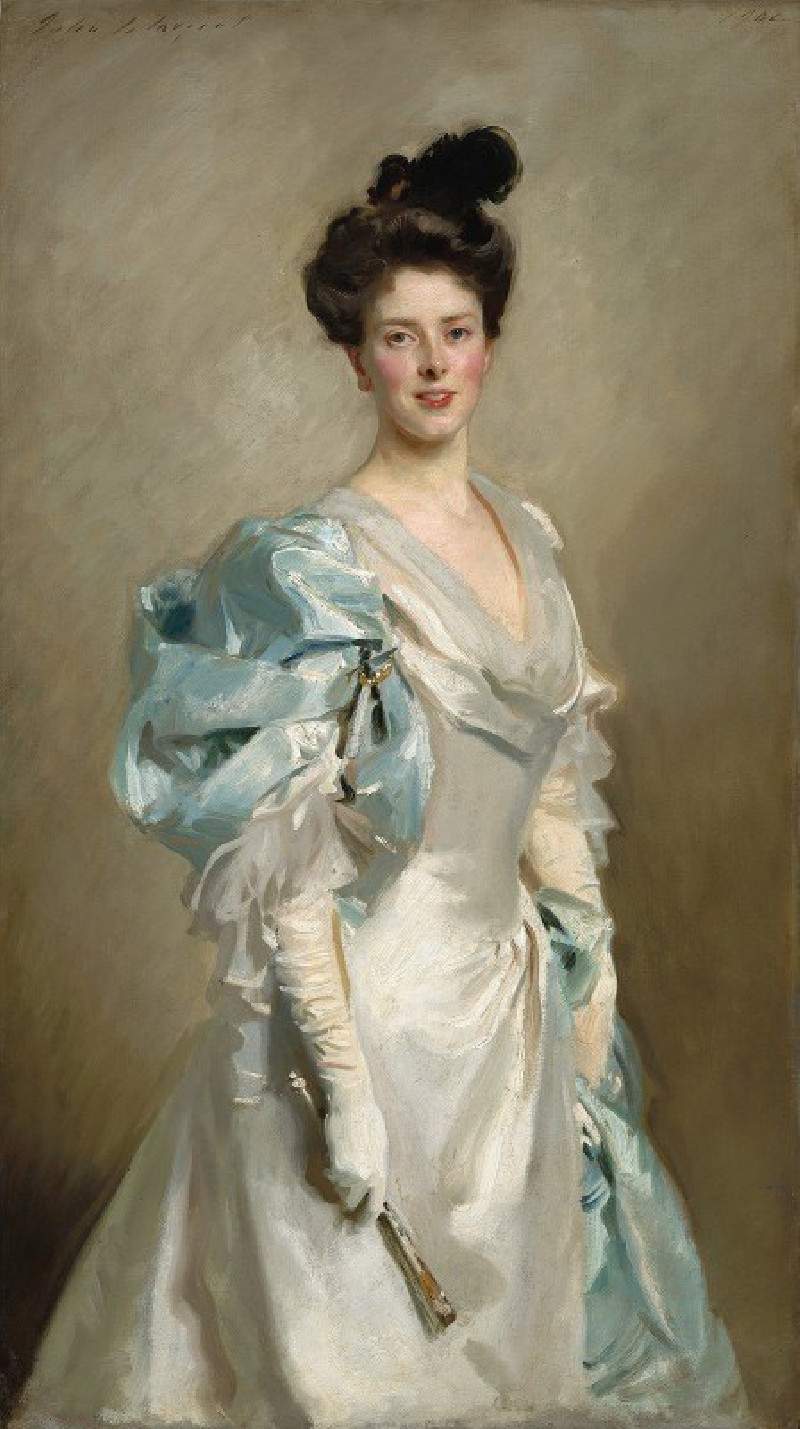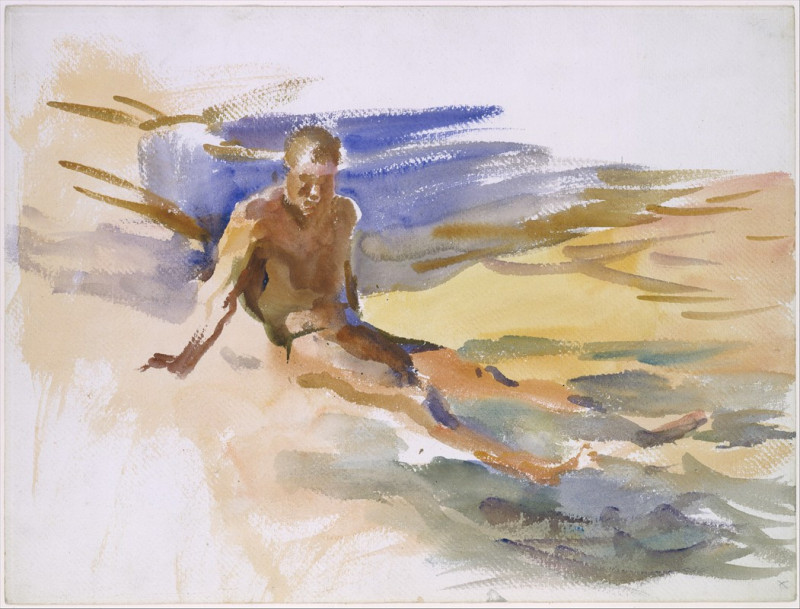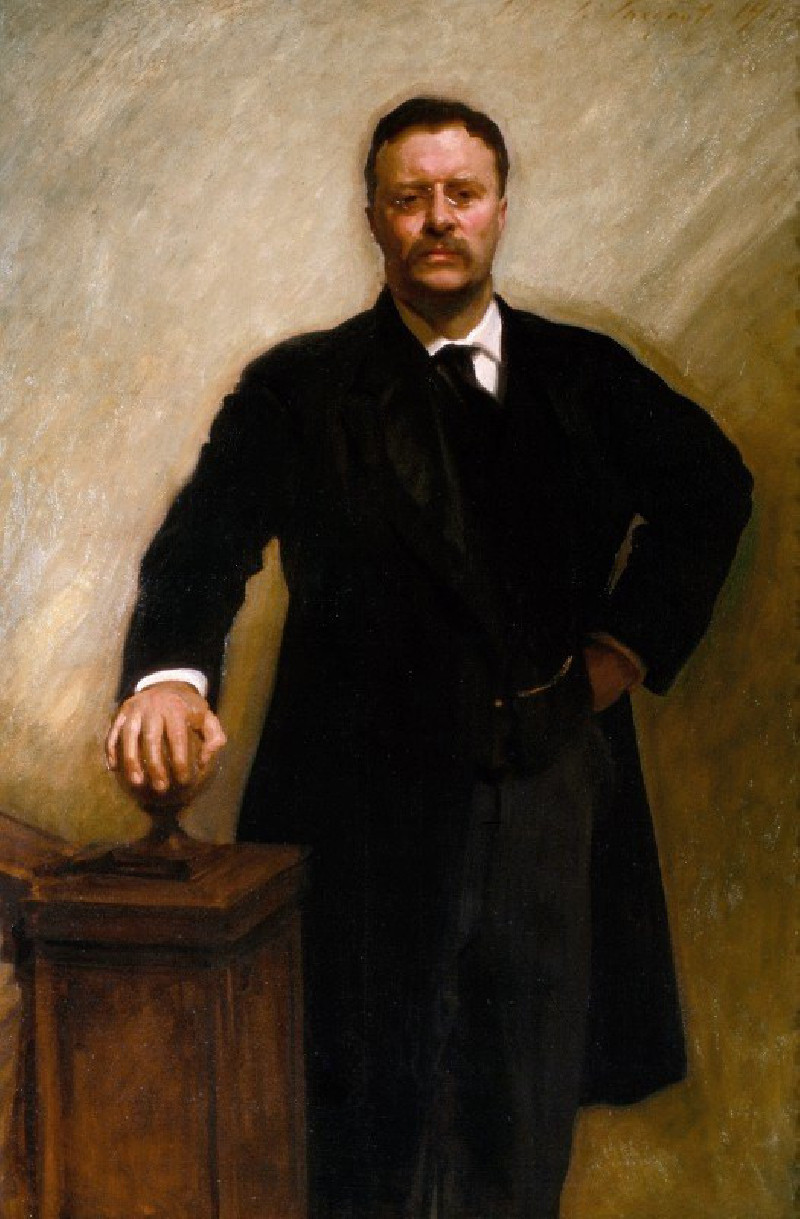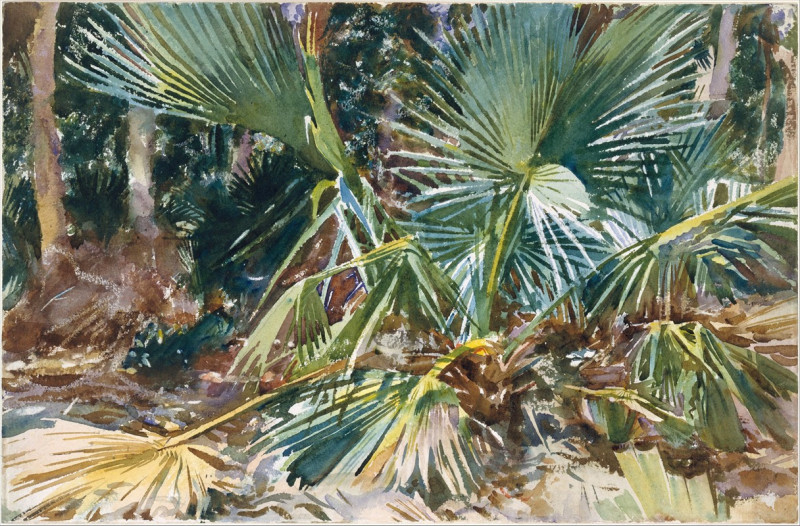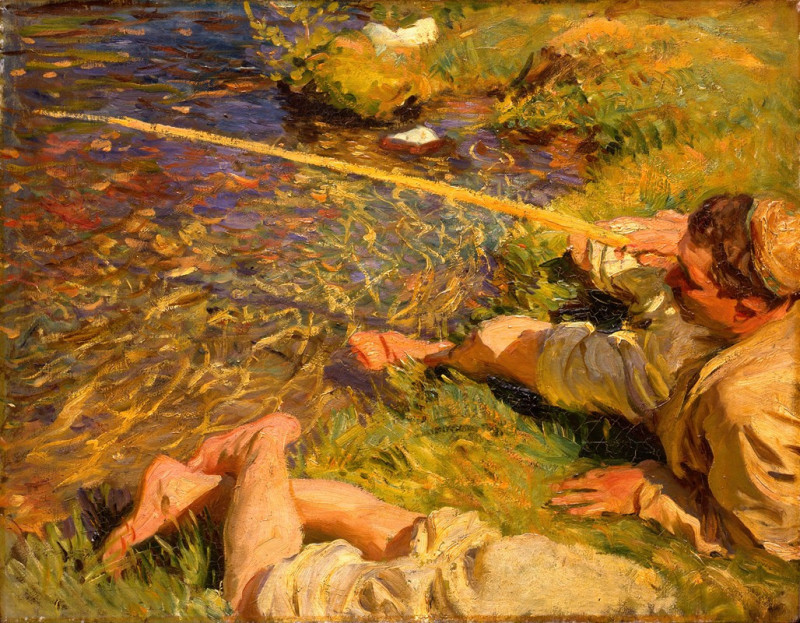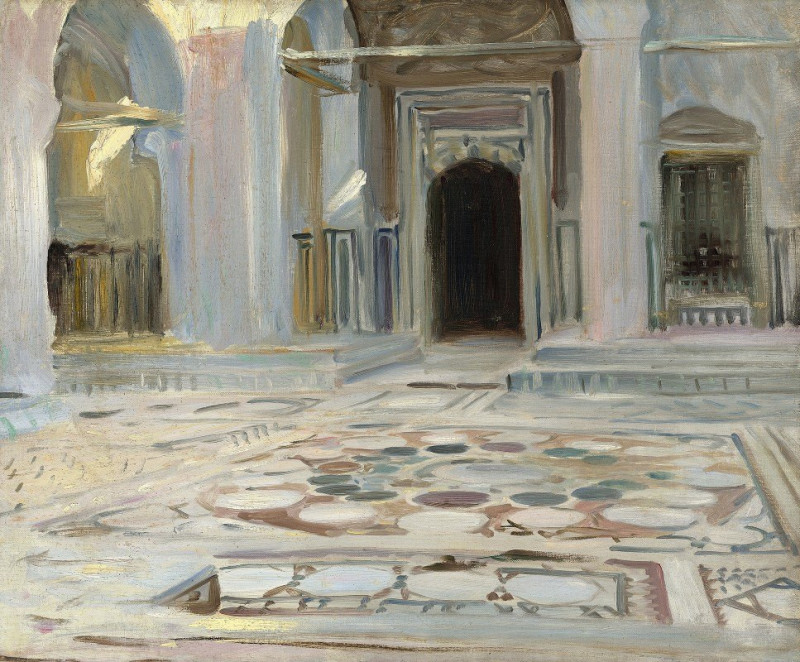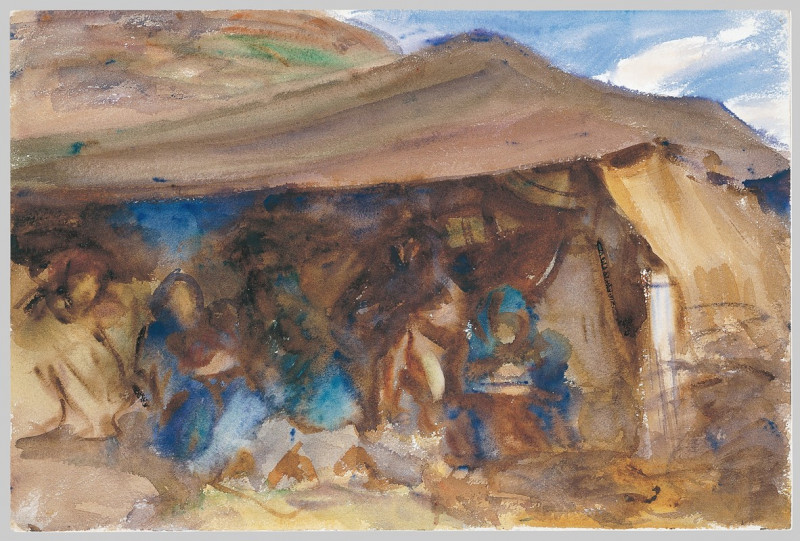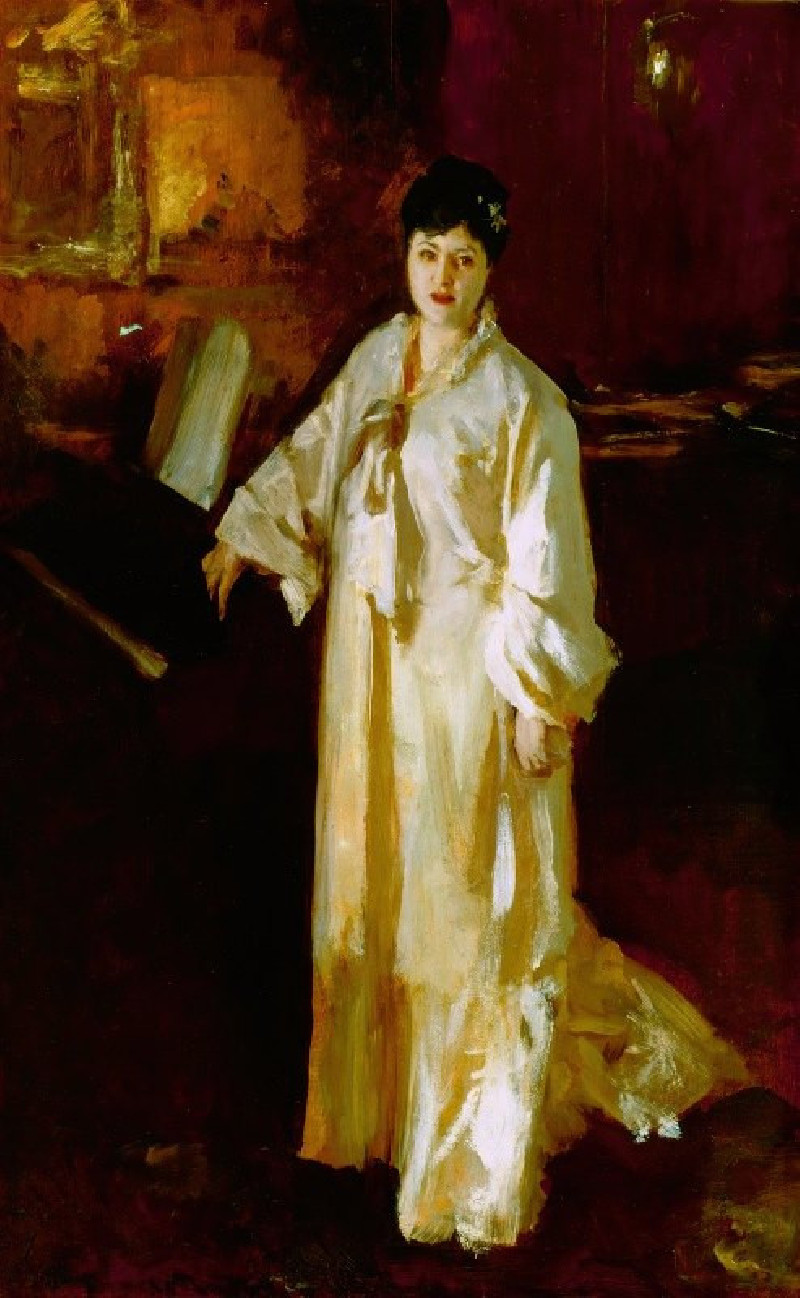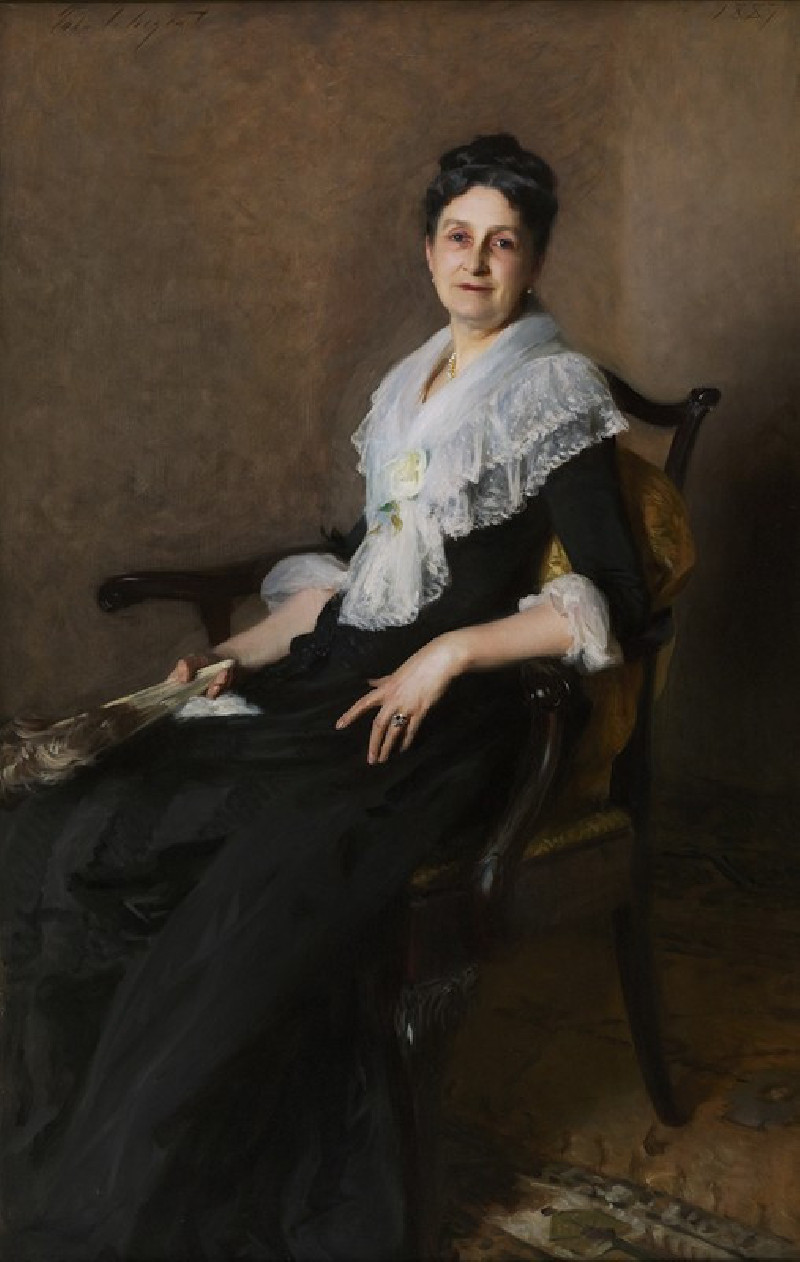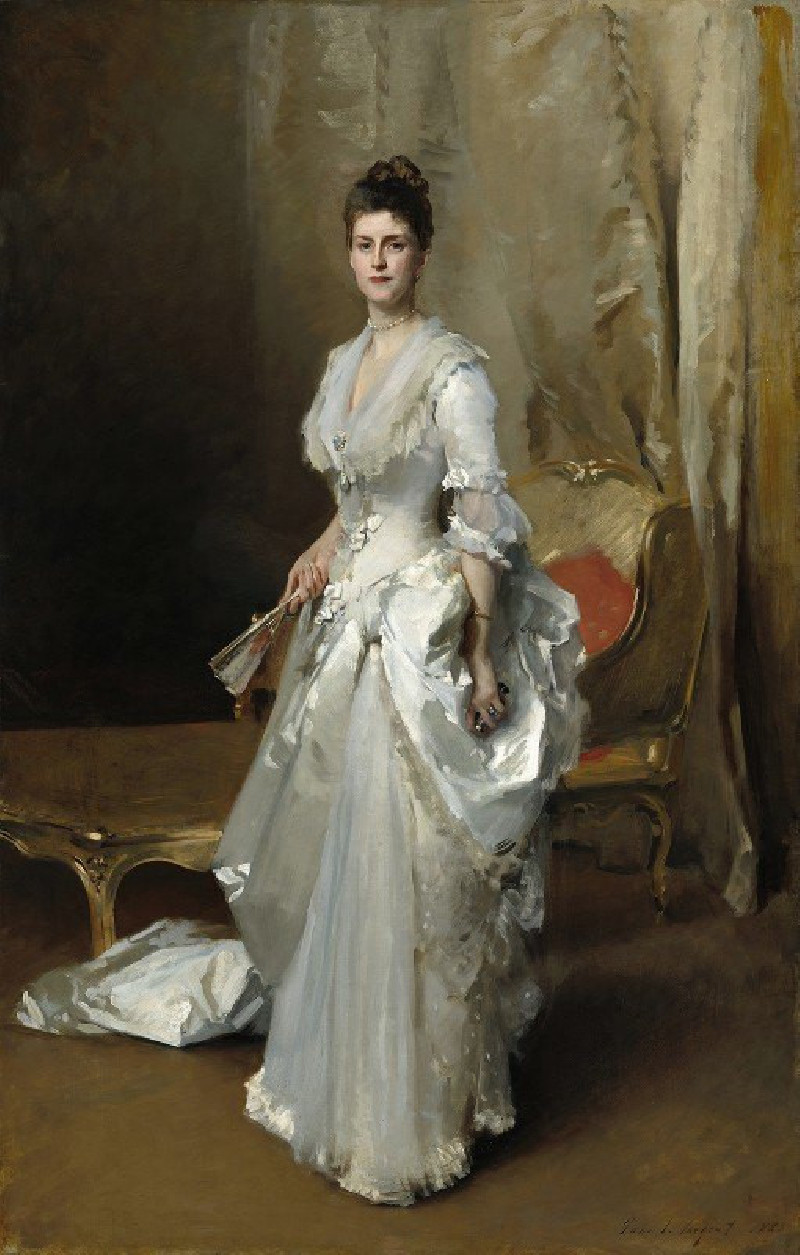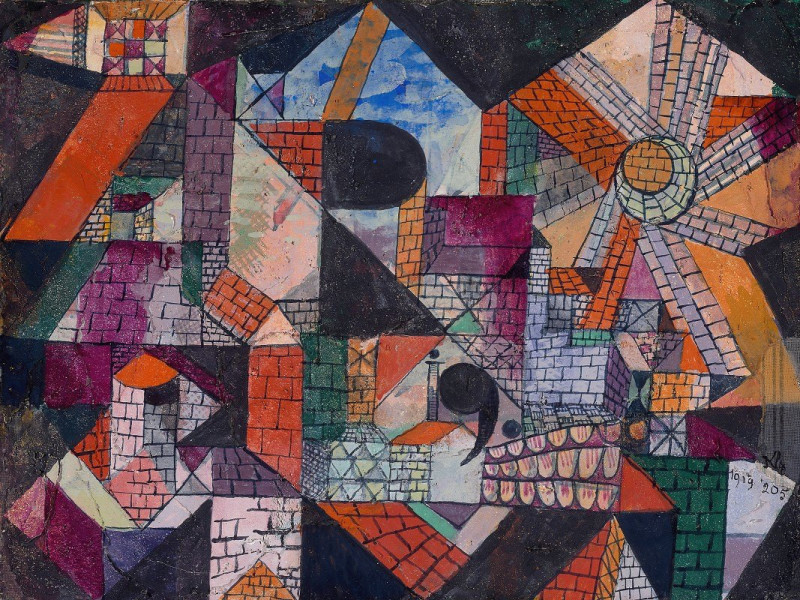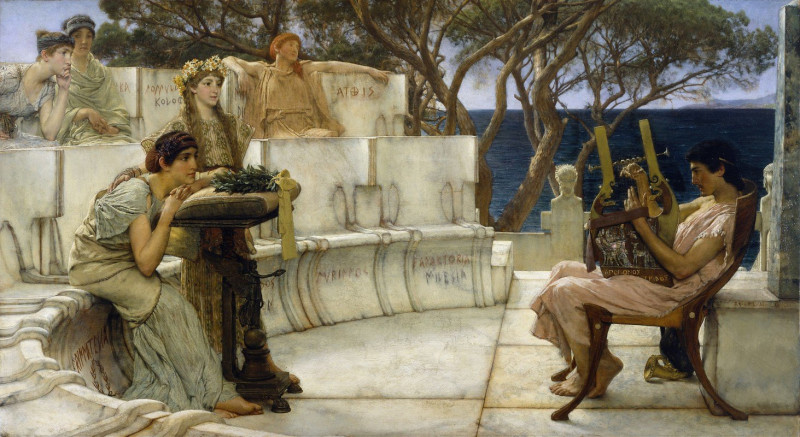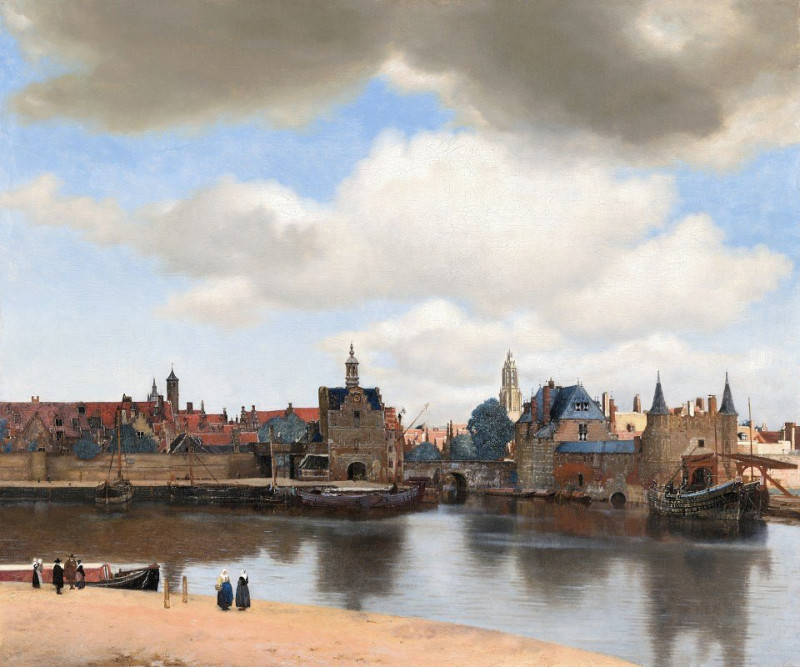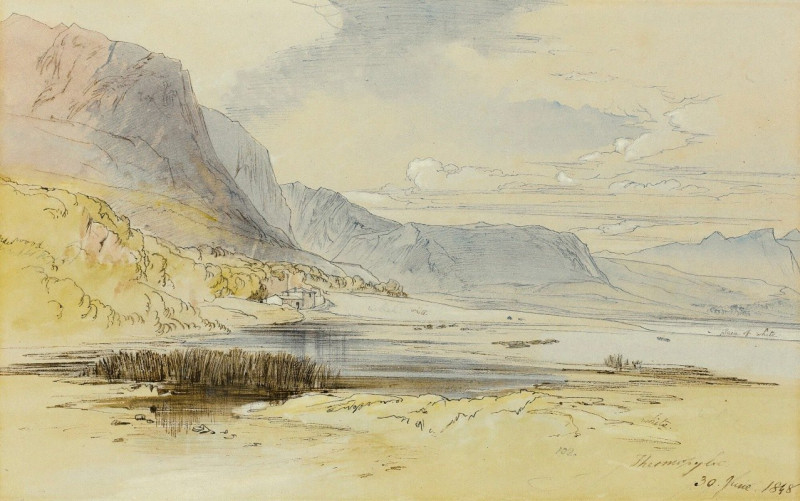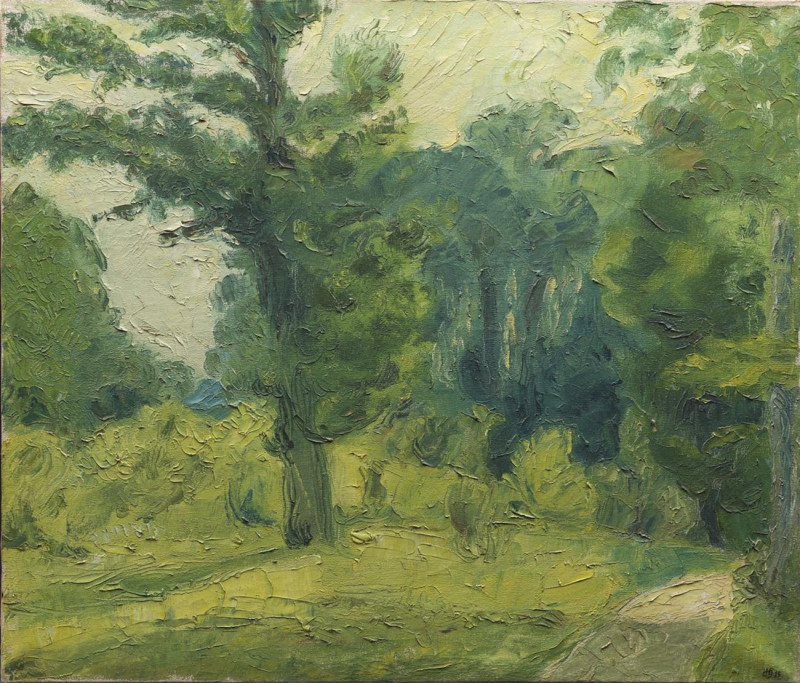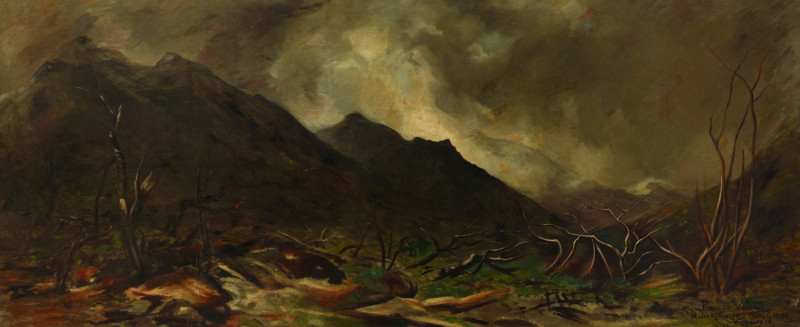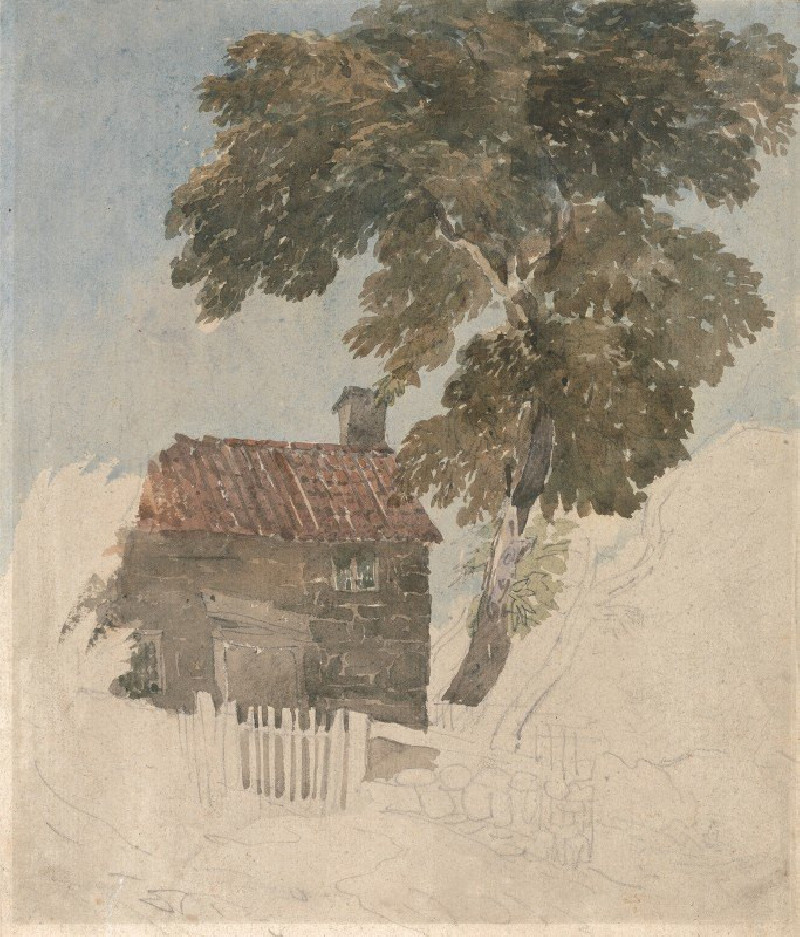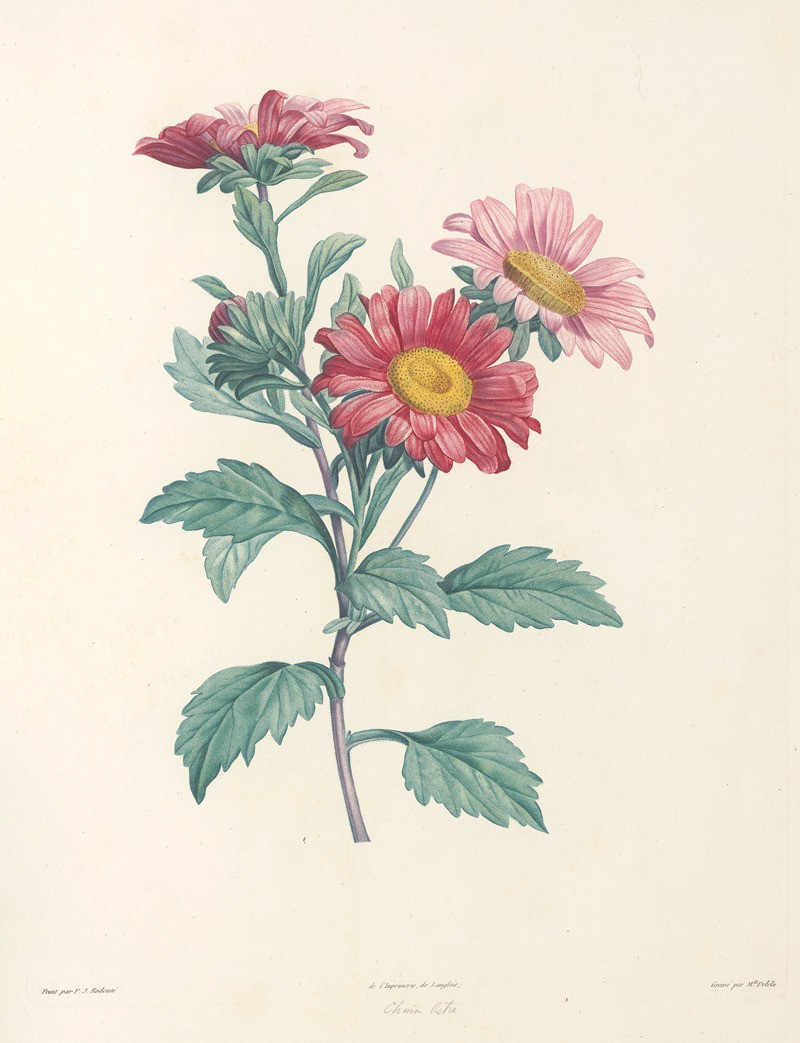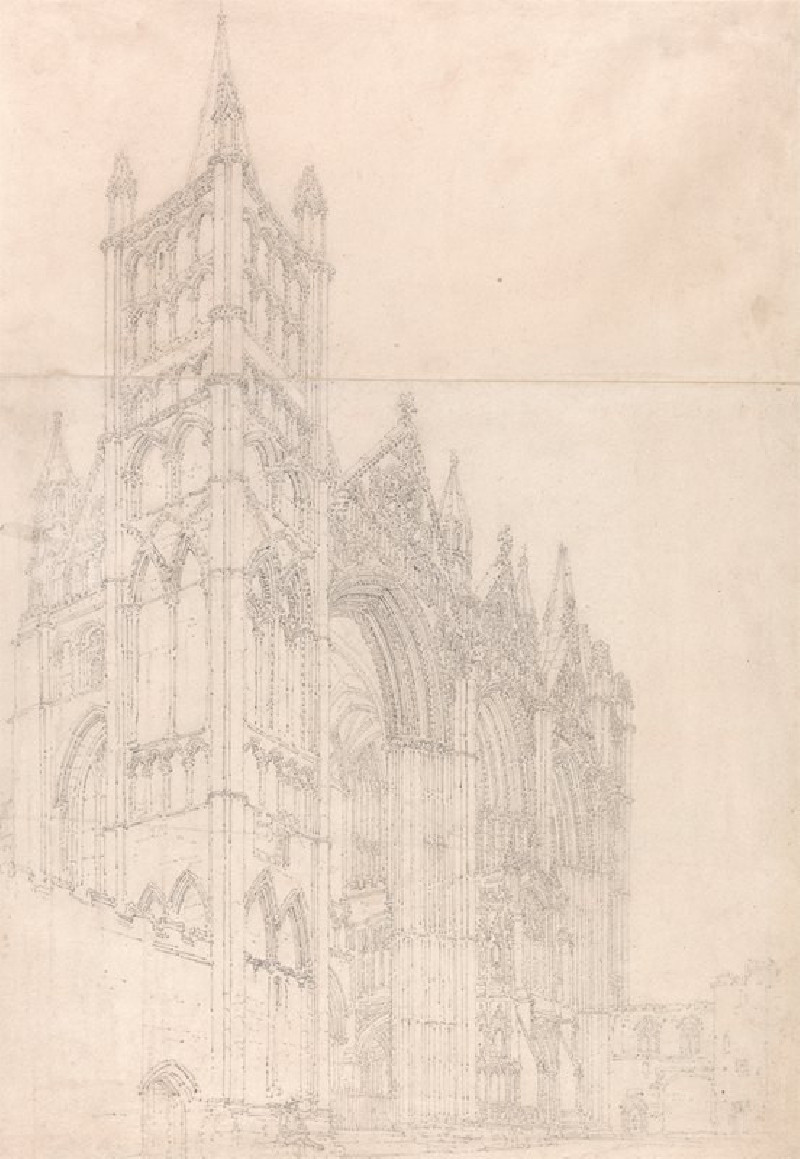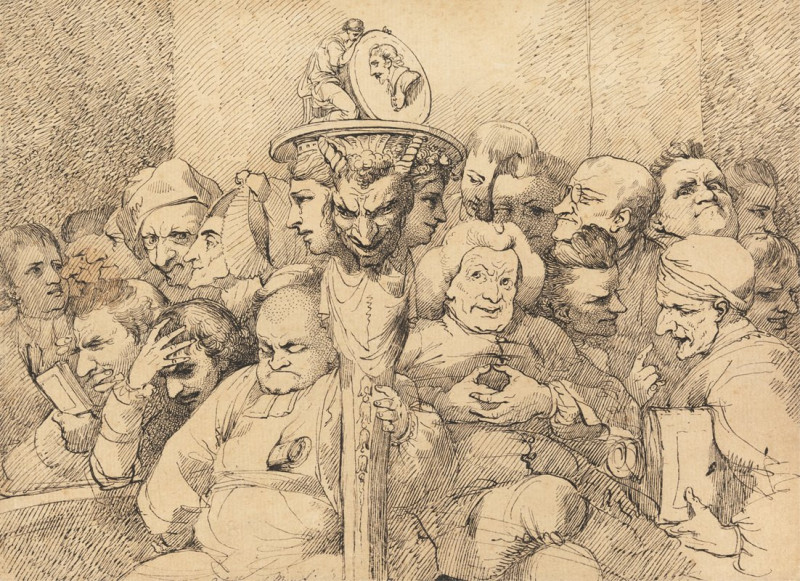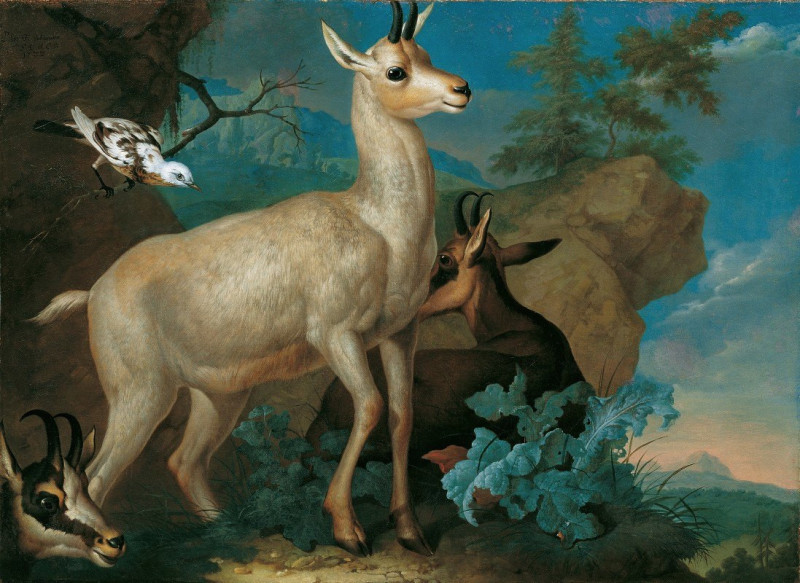Grace Elvina, Marchioness Curzon of Kedleston (1925)
Technique: Giclée quality print
Recommended by our customers
More about this artwork
"Grace Elvina, Marchioness Curzon of Kedleston" is a stunning portrait painted by the renowned American artist John Singer Sargent in 1925. This captivating piece masterfully depicts Grace Elvina Curzon, the second wife of the famous British statesman, George Curzon, former Viceroy of India and Foreign Secretary.Sargent presents the Marchioness seated, her posture exuding elegance and an air of distinguished dignity. Her expression, poised yet distant, captures an enigmatic allure, reflective of her prominent societal role during a time of great political and cultural significance in British history. The painting is rich in texture, from the soft, intricate detailing of her opulent gown to the shimmering jewels that adorn her neck, ears, and wrists, adding a note of luxurious grandeur. The use of vibrant purple draped across her shoulders not only highlights her regal bearing but also sets a striking contrast against the creamy, delicate tones of her dress.This portrait is an exemplary showcase of Sargent's skill in using light to enliven his subject, creating a luminous effect that seems to radiate from within the Marchioness herself. The backdrop is muted, ensuring that all attention remains focused on her, further emphasizing her central role in the composition.Housed in a sumptously modest frame, the artwork commands attention and admiration, making it a significant piece in the oeuvre of John Singer Sargent and a cherished treasure reflecting the sophistication of early 20th-century portraiture.
Delivery
Returns
Born in Florence to American expatriate parents, John Singer Sargent (1856–1925) is considered Europe's leading portrait painter of the Edwardian era. He was educated at both Accademia delle Belle Arti and Paris's École des Beaux Arts. While in Paris, under the guidance of Émile–Auguste Carolus–Duran, a portraitist and muralist, Sargent learned to paint directly from observation without first sketching, employing a fluidity, influenced by the Impressionists. Sargent created more than 2,900 paintings, mainly portraits and landscapes from his travels across the Atlantic, Europe, the Middle East and America.

